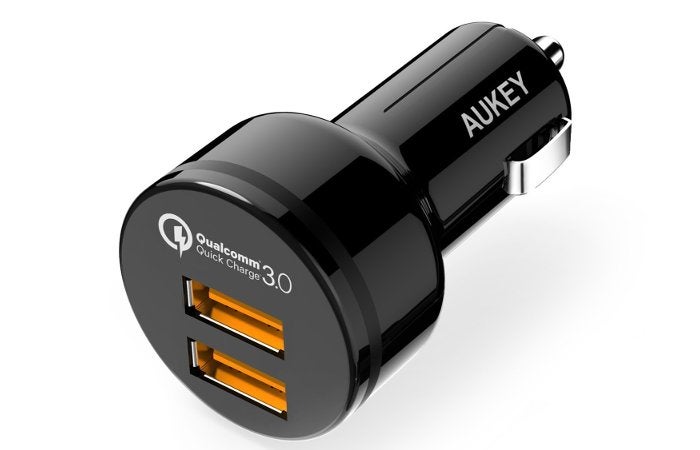
And for the CITIZEN ECO DRIVE PERPETUAL CALENDAR side of the watch, this is just a great function to have in a quartz timepiece. The Citizen can charge under a variety of lighting sources; once fully charged, it will remain so for up to 370 days. Of course, sunlight will work best to get things topped off.
At an or less on this is a compelling purchase. With the solar charging and atomic clock syncing, this is about as trouble-free of a watch you could hope for; this particular model will work well in a variety of settings with it’s size and styling.
You know who we’ve not reviewed here in quite some time? Citizen, that’s who. Today, we’ll have a look at a rather intriguing model in their collection, the Perpetual Chrono A-T.
By it’s name alone, you can tell some of the functionality in play – a chronograph and a perpetual calendar. A closer look at the dial will reveal the other technology tricks up its sleeves – solar powered, and atomic clock syncing. Let’s have a quick run-down of the dial:
At 10 o’clock, you’ve got a 24 hour indicator
At 2 o’clock, the subdial can indicate: chrono minutes sub-seconds, charge level, or day of the week
At 6 o’clock, this will set the radio you sync with, as well as indicate if you’re in timekeeping, chrono, or alarm modes
I will admit, many of the atomic syncing watches, especially those with analog dials, can be complex to operate (I’ve got one in my collection I have to carry a cheat sheet for). With this Citizen, though, it’s very simple to get the hang of, and the subdials clearly indicate what you’re doing.
